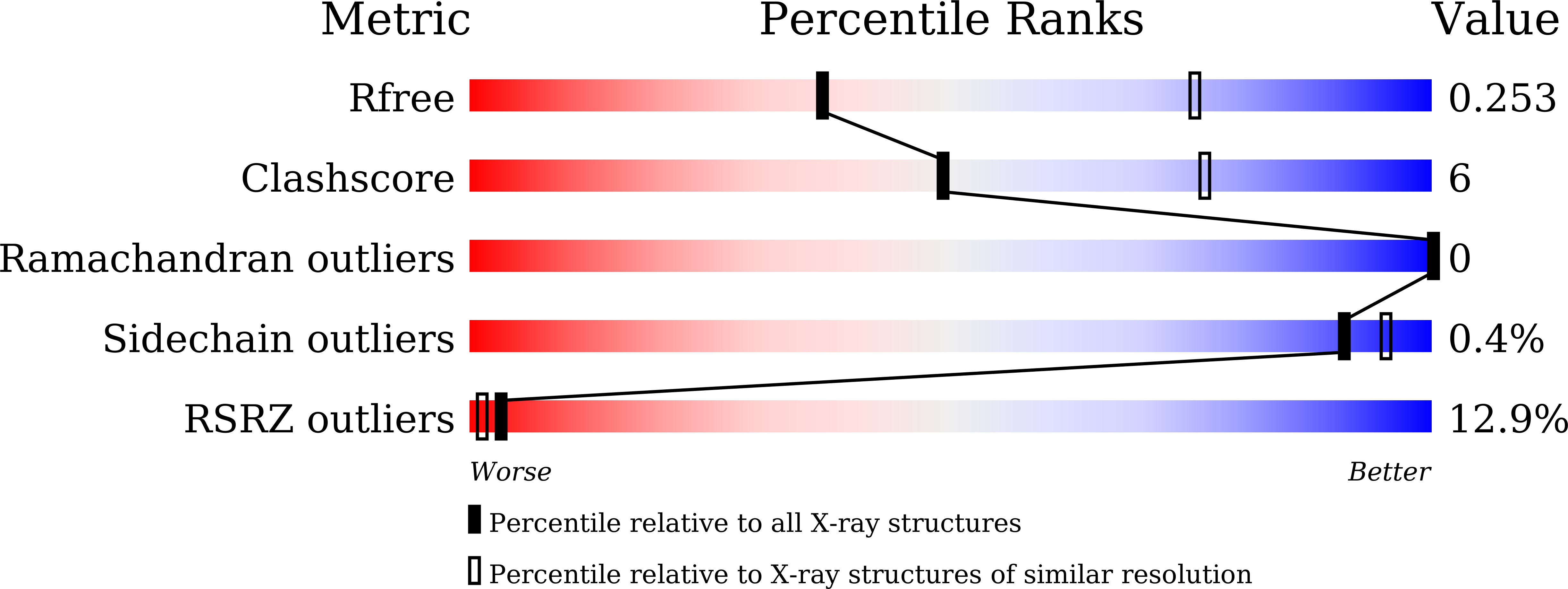
Deposition Date
2021-08-17
Release Date
2021-12-29
Last Version Date
2023-11-29
Entry Detail
PDB ID:
7V5I
Keywords:
Title:
Structural insights into the substrate selectivity of acyl-CoA transferase
Biological Source:
Source Organism:
Vibrio proteolyticus NBRC 13287 (Taxon ID: 1219065)
Host Organism:
Method Details:
Experimental Method:
Resolution:
3.08 Å
R-Value Free:
0.24
R-Value Work:
0.20
R-Value Observed:
0.20
Space Group:
P 21 21 21


